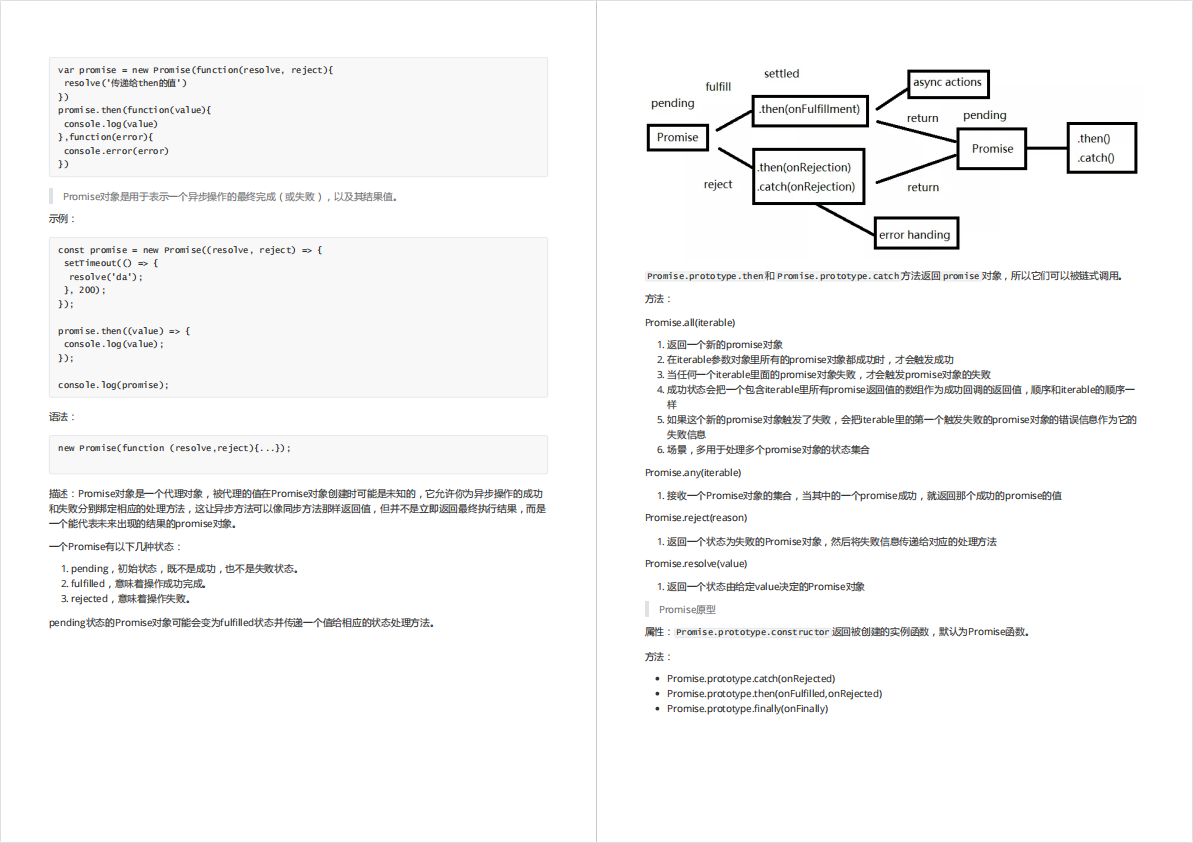类型守卫
在前几篇介绍了断言,在使用断言时我们已经确定了变量的类型,确定该类型时一定存在(否则则会欺骗编译,运行时报错),那么为什么还要类型守卫呢?因为类型断言还是需要借助类型守卫的,类型守卫主要是用来判断未知类型是不是所需要的类型。 类型守卫主要包括四种方式:
- in
- typeof
- instanceof
- 自定义类型
1、in- 定义属性场景下内容的确认
先写两个接口Teacher、Student,然后将这两个接口进行联合声明,使用in来判断属性是否在传递的参数中,然后分别作输出。 缺点:用 in 关键字缩小数据类型必须有一个独特的属性作为判别标准,否则不能用 in 关键字
interface Teacher{ name:string; courses:string;
}
interface Student{ name:string; study:string;
}
type Class = Teacher | Student;
function getInfo(val:Class){ //此时val类型缩小为Teacher类型 if('courses' in val){console.log(val.courses) } //此时val类型缩小为Student类型 if('study' in val){console.log(val.study) }
}
getInfo({ name: 'student', study: "Philosophy" });
//打印结果为Philosophy,因为传参中含有study属性,所以走了第二个判断
2、typeof-类型分类场景下的身份确认
为什么用typeof做类型守卫呢?因为typeof能判断JS基本数据类型。typeof只能识别以下类型:
- Boolean
- String
- Undefined
- Function
- Number
- Bigint
- Symbol
写法:typeof a,a是变量(基本数据类型)
奇怪为什么typeof不能识别null呢?
let a= null
typeof a;//object
let a =[1]
typeof a;//Object
var reg = RegExp("a","i");
typeof reg//reg
typeof 怎么起到守卫的作用呢,通过typeof判断变量类型然后执行相应的逻辑,具体如下:
function class(name: string, score: string | number) {//识别到sore为number类型if (typeof score === "number") {return "teacher:" + name + ":" + score;} //识别到sore为string类型if (typeof score === "string") {return "student:" + name + ":" + score;}
}
上面案例的传参都会基本类型,当传一个对象时候,我们也可以用对象中的属性来进行判断,比如:
interface A{ a:string;
}
interface B{ a:number;
}
type Class = A | B;
function getInfo(val:Class){//判断val的属性a的类型为number类型 if(typeof val.a === "number"){console.log('B:'+ val.a) } //判断val的属性a的类型为string类型 if(typeof val.a === "string"){ console.log('A' + val.a) }
}
3、instanceof-类型分类场景下的身份确认
为什么用instanceof呢?因为typeof有局限性,引用类型比如数组,正则等无法精确识别是哪一个种型,instanceof能够识别变量(比如实例对象)是否属于这个类。instanceof不能检测原始值类型的值,但是原始值对应的对象格式实例则可以检测。具体instanceof是怎么做类型守卫的呢?
- 写法:
a instanceof b,a是参数,b是一般都是接口类型。
interface Teacher{ name:string; courses:string;
}
interface Student{ name:string; study:string;
}
type Class = Teacher | Student;
function getInfo(val:Class){//判断val的类型是否是定义的接口Teacher类型 if(val instanceof Teacher){console.log('teacher:'+ val.courses) } //判断val的类型是否是定义的接口Student类型 if(val instanceof Student){console.log('student' + val.study) }
}
4、自定义类型
TS中有一个关键字is可以判断变量是否属于某种类型。
- 写法:
a is b,意思是a是b类型,a是函数参数,也可以是this关键字,this关键字一般用在累中判断,b可以是接口类型,b也可以是number、string等其他合法的TS类型。这种写法称作类型谓词,使用类型谓词的函数称为类型谓词函数,该函数的返回值必须的boolean类型。 - 使用:先定义一个变量,该变量表示是否是某种类型,比如以下定义了
isTeacher,代表了参数cls是Teacher类型,然后用这个变量来判断。
(1)函数参数形式
函数中的参数类型为多个类型,通过is关键字自定义类型,将函数参数精确到某种类型,然后再执行相应的逻辑。
interface Teacher{ name:string; courses:string;
}
interface Student{ name:string; study:string;
}
const isTeacher = function (cls: Teacher | Student): cls is Teacher {return 'courses' in cls;
}
const getName = (cls: Teacher | Student) => {if(isTeacher(cls)) {return cls.courses;}
}
(2)this形式
下面代码中的 User 是抽象类,不能被实例化,Staff 和 Student 都继承自 User。实例方法 isStaff 用于将类型收窄为 Staff,实例方法 isStudent 用于将类型收窄为 Student
abstract class User {name: string;constructor(name: string) {this.name = name;}isStudent(): this is Student {return this instanceof Student;}isStaff(): this is Staff {return this instanceof Staff; }
}
class Student extends User{study: string;constructor(name: string, study: string) {super(name)this.study = study}
}
class Staff extends User {workingYears: number;constructor(name: string, workingYears: number) {super(name)this.workingYears = workingYears}
}
function judgeClassType(obj: User) {if (obj.isStaff()) {// obj的类型被缩小为 Staff} else if (obj.isStudent()){// obj 的类型被缩小为 Student}
}
最后
最近还整理一份JavaScript与ES的笔记,一共25个重要的知识点,对每个知识点都进行了讲解和分析。能帮你快速掌握JavaScript与ES的相关知识,提升工作效率。




有需要的小伙伴,可以点击下方卡片领取,无偿分享